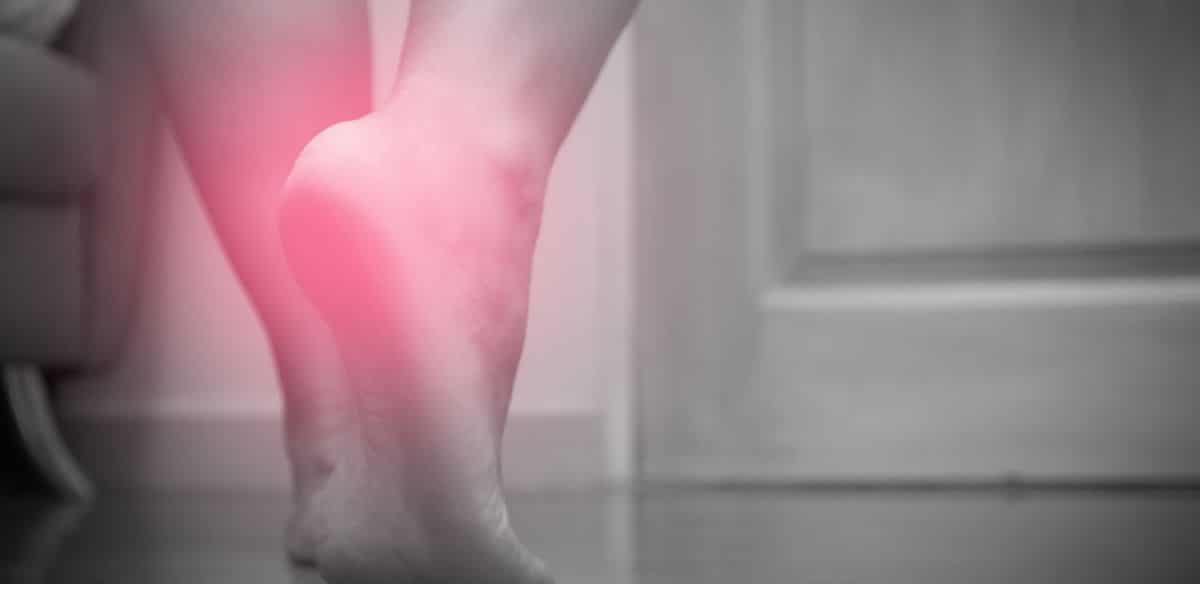Our plantar fascia has the shape of a bowstring, which is to support the arch of our foot and to absorb shock while we walk.
| Walking with inflamed plantar fascia could be frightful due to piercing pain in lower bottom of your heal. When you put pressure or weight of your body on your heal, because of abrasion in between heal ball and swollen plantar fascia you may experienced a sharp pain that makes your walking miserable. |
| However, this painful condition could be minimized by walking correctly. This is essential that While walking doesn’t land only heel on the ground but try to land with heel & forefoot simultaneously. It will help you to divide the pressure or weight of your body and your heel will accumulate less pressure. We have some useful tips to help you walk comfortably. |
| 1. Don’t step out with extended knees. But try to land with slightly bended knee |
| 2. Try to take short steps. Because of short steps there are more chances to avoid landing on heal |
| 3. Keep your body in line with foot slightly leaning forward. It will also help you to avoid landing directly on heal |
The occurrence of small tears appears when the tension or force becomes too great on the bowstring and this as a result, if repeated, can cause inflammation to the fascia and heel pain.
The after-effects of this include stabbing pain in the heel, especially with the first step in the morning. Although this pain might decrease but can reoccur with a long period of standing and even when you stand after sitting.
The likeness of this condition happening is mostly with people who are overweight and athletes and even those who wear shoes with inadequate support, due to the ‘tension’ aspect mentioned above.
what is the best treatment for plantar fasciitis
Disclaimer!
You Should Consult your doctor if you are facing continuous heel pain. The following are the common treatments and remedies to manage your pain.
Icing, foot massage, rest, and the using braces are the usual remedies one can use to deal with Plantar Fasciitis but the inflammation and pain don’t go away, its time to consult a doctor. The doctor basically performs a physical exam to study the foot situation better and estimate the tenderness.
A strain of certain exercises takes place to locate the pain and cause of it. You are asked to flex your toe and heel to evaluate the strength of the foot muscles. An X-Ray and even an MRI scan can be necessary to study the case better for the doctor.
But usually applying ice for 15-20 minutes for a couple of minutes helps to reduce the pain and swelling. There are certain exercises and stretches you can do at home to deal with the condition as well and if not medication such come in handy too. If not any of these, night splints are another way of bracing and supporting the arch of your heel and decrease the morning pain.
If your Plantar Fasciitis is so bad that you can’t walk, you must change the type of shoes you wear. Yes! There is a certain type that is best to deal with this situation and will help you to cope with the situation better.
Best Shoes for Plantar Fasciitis
Keep in mind the following factors before you buy shoes for Plantar Fasciitis, to support the arch of your foot better.
Good Arch support
Plantar Fasciitis pain occurs because of poor arch support. An ideal shoe brand you choose for Plantar Fasciitis should provide you enough support to cope with a busy day with no pain and inflammation. They should keep your feet and arch from flattening out and to even help with limiting pronation.
Contoured Foot beds
These types are suitable for people who are overweight and the chances of the tension of the arch are high. They help by providing alignment, through equally distributing your weight across your whole foot.
Shock Absorption
The purpose of Plantar Fascia is to absorb shock while we walk, similarly, an ideal shoe will absorb pr at least minimize the harmful shock up from the ground. How to spot a shoe with shock absorption you ask, they are made with good and thick rubber outsoles to fulfill the purpose.
Are you Interested to know more about shoes and supportive accessories? Keep visiting our blog.
